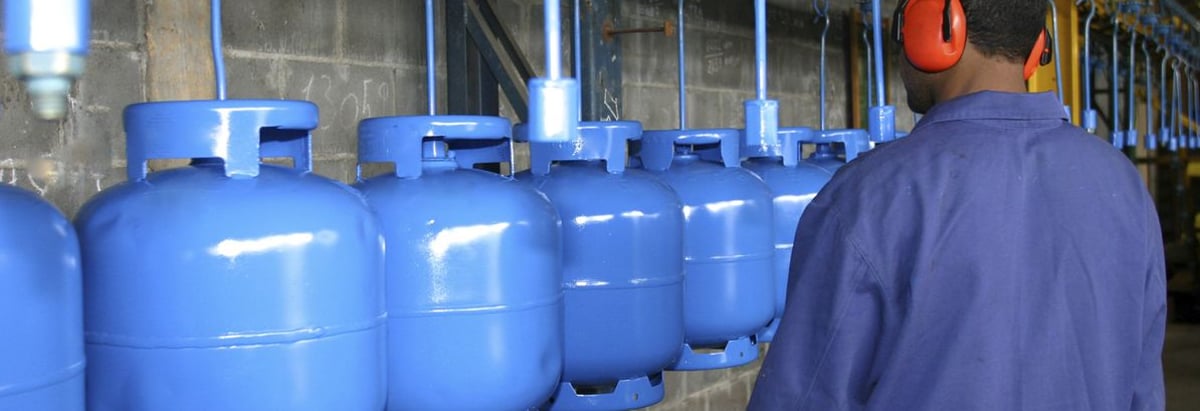- Hong Kong
- /
- Gas Utilities
- /
- SEHK:392
Returns On Capital At Beijing Enterprises Holdings (HKG:392) Have Stalled

What are the early trends we should look for to identify a stock that could multiply in value over the long term? Firstly, we'd want to identify a growing return on capital employed (ROCE) and then alongside that, an ever-increasing base of capital employed. Put simply, these types of businesses are compounding machines, meaning they are continually reinvesting their earnings at ever-higher rates of return. However, after briefly looking over the numbers, we don't think Beijing Enterprises Holdings (HKG:392) has the makings of a multi-bagger going forward, but let's have a look at why that may be.
Return On Capital Employed (ROCE): What Is It?
For those who don't know, ROCE is a measure of a company's yearly pre-tax profit (its return), relative to the capital employed in the business. Analysts use this formula to calculate it for Beijing Enterprises Holdings:
Return on Capital Employed = Earnings Before Interest and Tax (EBIT) ÷ (Total Assets - Current Liabilities)
0.023 = HK$3.7b ÷ (HK$224b - HK$58b) (Based on the trailing twelve months to June 2022).
Thus, Beijing Enterprises Holdings has an ROCE of 2.3%. Ultimately, that's a low return and it under-performs the Gas Utilities industry average of 8.4%.
Check out our latest analysis for Beijing Enterprises Holdings

Above you can see how the current ROCE for Beijing Enterprises Holdings compares to its prior returns on capital, but there's only so much you can tell from the past. If you're interested, you can view the analysts predictions in our free report on analyst forecasts for the company.
What Can We Tell From Beijing Enterprises Holdings' ROCE Trend?
In terms of Beijing Enterprises Holdings' historical ROCE trend, it doesn't exactly demand attention. The company has employed 31% more capital in the last five years, and the returns on that capital have remained stable at 2.3%. This poor ROCE doesn't inspire confidence right now, and with the increase in capital employed, it's evident that the business isn't deploying the funds into high return investments.
In Conclusion...
In summary, Beijing Enterprises Holdings has simply been reinvesting capital and generating the same low rate of return as before. Since the stock has declined 30% over the last five years, investors may not be too optimistic on this trend improving either. On the whole, we aren't too inspired by the underlying trends and we think there may be better chances of finding a multi-bagger elsewhere.
On a final note, we've found 1 warning sign for Beijing Enterprises Holdings that we think you should be aware of.
If you want to search for solid companies with great earnings, check out this free list of companies with good balance sheets and impressive returns on equity.
Valuation is complex, but we're here to simplify it.
Discover if Beijing Enterprises Holdings might be undervalued or overvalued with our detailed analysis, featuring fair value estimates, potential risks, dividends, insider trades, and its financial condition.
Access Free AnalysisHave feedback on this article? Concerned about the content? Get in touch with us directly. Alternatively, email editorial-team (at) simplywallst.com.
This article by Simply Wall St is general in nature. We provide commentary based on historical data and analyst forecasts only using an unbiased methodology and our articles are not intended to be financial advice. It does not constitute a recommendation to buy or sell any stock, and does not take account of your objectives, or your financial situation. We aim to bring you long-term focused analysis driven by fundamental data. Note that our analysis may not factor in the latest price-sensitive company announcements or qualitative material. Simply Wall St has no position in any stocks mentioned.
About SEHK:392
Beijing Enterprises Holdings
An investment holding company, engages in the gas, water, environmental, brewery, and other businesses in Mainland China, Germany, and internationally.
Undervalued second-rate dividend payer.
Market Insights
Community Narratives



